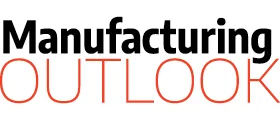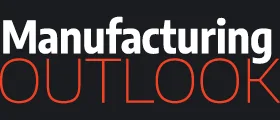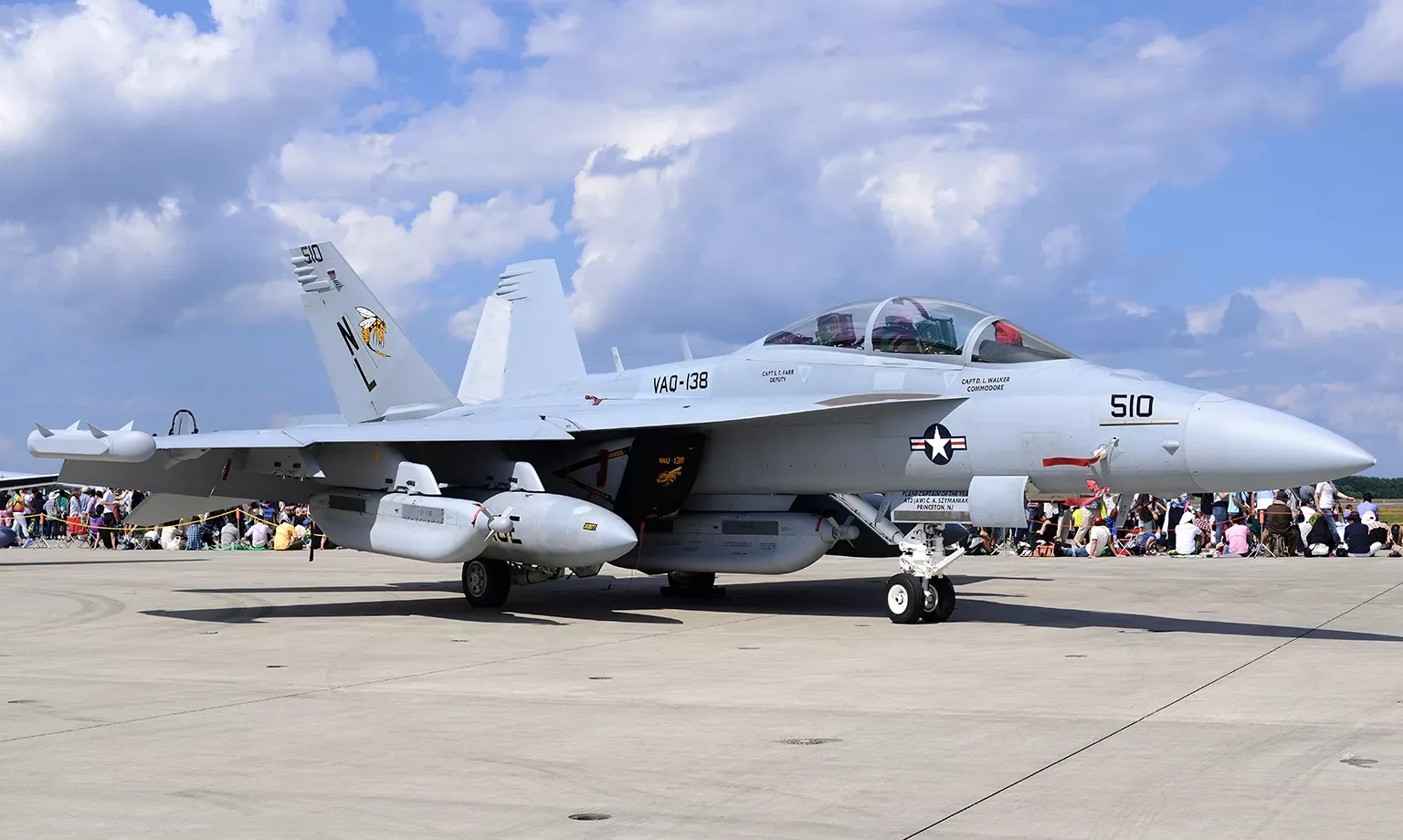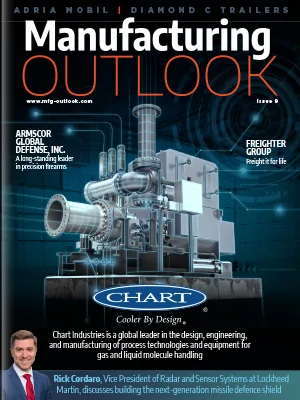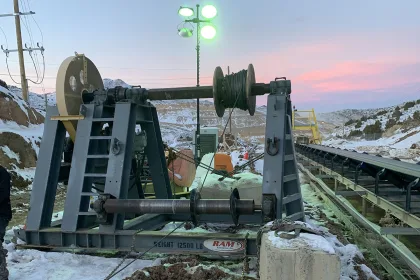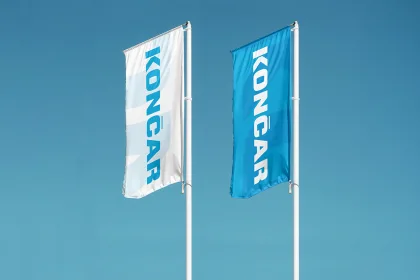Combining a small business company culture with global corporate capabilities, CPI Aero, Inc. is diligently solving the needs of North America’s defense and commercial aerospace sectors. We find out more from members of the business’s senior leadership team.
FIRST-RATE AEROSPACE ASSEMBLY AND INTEGRATION
We are a small business with a family atmosphere, but the company behaves and is organized as a large corporation.”
The opening words of Dorith Hakim, CEO, President, and Board Director of CPI Aero, Inc. (CPI Aero), perfectly encapsulate the ethos and world-renowned capabilities of the aerospace manufacturing company, operating in the upper echelons of the sector in North America.
CPI Aero’s outstanding presence in the industry is underpinned by the legacy of its founder, Art August, whose humble family business worked hard to serve the growing aerospace sector in the early 1980s.
August subsequently grew the company’s order book before deciding to go public in the early 1990s, approximately a decade after CPI Aero’s inception.
“The heritage of our founder is still present; his name remains attached to the facility, and his legacy is still evident in CPI Aero today,” states Jay Mulhall, Vice President of Business Development.
When taking the company public 30 years ago, the abbreviation CVU was used as its stock ticket number, referring to a long-standing aviation term: ceiling and visibility unlimited – the optimum conditions for flying a plane. This was subsequently used as the theme for growing and developing the business and has remained CPI Aero’s stock symbol to this day.
Being a small business allows the company to be flexible and nimble in its operations, while its structure, similar to those found in much larger organizations, means that it can meet the demands of its customers on relatively large, complex contracts.
“We like the fact that we’re a lot faster than a larger corporation and able to react to issues ahead of time,” Hakim highlights.

DELIVERING DEFENSE CAPABILITIES
CPI Aero primarily operates as a build-to-print manufacturer, specializing in the assembly and integration of complex mixed commodity aerostructures and aerosystems for the US Department of Defense (DoD) and other defense and commercial customers.
“We work mainly in structural assembly, which means we build all kinds of assemblies that go on or in fixed and rotary wing aircraft,” Mulhall informs.
The company’s primary operations include the mechanical assembly and integration of aircraft components into a larger structure.
CPI Aero assembles the structure from components or sub-assemblies – such as sheet metal parts, composite assemblies, machined parts, and hardware – procured from suppliers before integrating other components, also either procured directly from suppliers or manufactured at the company.
This includes wiring harnesses, hard tubing, insulation, ducting, actuators, sensors, or heating and cooling systems. This allows CPI Aero’s customers to take its products and integrate them immediately into their next higher assembly.
The integrated and assembled parts include wing, fuselage, and engine structures, doors and control surfaces, fuel system components, airborne pods, and much more, which are structurally built up from both metallic and composite parts.
Across the commercial arm of CPI Aero, the company primarily works with aircraft structures in support of the business and executive jet market. The scope and scale of these aerostructure and aerosystem assemblies are perfectly aligned with CPI Aero’s capabilities and facilities.
In support of the defense market, the number of aircraft CPI Aero’s customers produce per year is also well aligned with the company’s capabilities.
“The defense market is really in our wheelhouse, particularly as the business continues its growth into airborne pods, unmanned and autonomous vehicles (UAVs), and missile systems,” offers Mulhall.
These products are primarily used on aircraft that support intelligence, surveillance, and reconnaissance (ISR) missions.
The US DoD and the defense sector’s original equipment manufacturers (OEMs) sell products across the US and international markets through allied nations, thus expanding CPI Aero’s geographical reach.
Indeed, a large majority of the company’s overall revenue is generated through its presence in the defense sector.
“We track the important programs of the US DoD and identify the awarded prime OEM companies as potential customers of CPI Aero. We have good insight into this market and are already supporting the US Air Force directly and most of the major OEMs,” Hakim outlines.
Another discriminator for the business is its manufacturing engineering organization and organic expertise in tool design and fabrication.
Whether it’s responding to new product development by leveraging 3D printing for rapid prototyping or coordinating the fabrication of CPI Aero-designed large assembly tooling, the company is ready to partner with customers on products that span the production lifecycle, from new designs through full-rate production and into sustainment.
CPI Aero is likewise very well-versed in cybersecurity, making all the necessary investments to comply with required standards. This is a particular focus in the defense sector due to the associated high cybersecurity risks.
“We are purposefully organized to support our customers and the programs they have trusted us with and make the necessary investments to be considered long-term partners”
Dorith Hakim, CEO, President, and Board Director, CPI Aero, Inc.
BECOMING A MEMBER OF THE TEAM
CPI Aero nurtures a special relationship with customers, as it supports them in design specializations as they execute new concepts.
The company provides its customers with design for manufacturing and assembly (DFMA) expertise, allowing them to focus on their design of products that best accomplish the mission at hand.
“Our clients know that they can count on CPI Aero’s experience in building and integrating products, and we are often an extension of their integrated product teams (IPTs). These partnerships become very important and the foundation of well-executed programs,” Mulhall adds.
“We love when a customer comes to us with a new product so we can help them mature the design and make it more affordable and faster to produce while maintaining the highest quality.”
Because CPI Aero is wholly dependent on the supply chain to feed the detailed parts that it assembles and integrates, supply chain management is at the heart of everything it does, from sourcing and kitting for the assembly floor to selling kitting and supply chain management as a service to OEM customers and the US Air Force.
“We manage large, complex bills of material in support of new aircraft production or repair and overhaul programs for several of our customers. We become a one-stop shop for thousands of part numbers, aggregated into hundreds of kits, which get delivered to their factories or repair depots at just the right time to get integrated onto the aircraft,” expands Mulhall.
“It also means that we see the full lifecycle of a product, making it easily maintainable after it’s delivered to an end user,” explains Hakim.
STAYING UP TO DATE
The company has witnessed the industry’s technological advancements, progressing from its initial workings with two-dimensional drawings and incredibly simplified technical information.
Today, CPI Aero utilizes three-dimensional electronic mediums that have eliminated many time-consuming steps, thus speeding up the sourcing of complex engineered components and the methodization of the assembly and integration of finished products.
“It mitigates mistakes and misinterpretation, making it faster and easier to create a high-quality product through a seamless process that connects customers to CPI Aero and CPI Aero to its suppliers digitally,” Mulhall adds.
Moreover, aircraft design has adapted to industry changes since the company’s inception over 40 years ago, as evidenced by the types of materials that are used to create component parts including lightweight composites and metallic alloys that provide greater strength.
There has also been a considerable effort in the sector to design larger parts to cut assembly costs. One example is the move from sheet metal build-ups to larger machined metallics and engineered composite parts. Indeed, aerospace manufacturing has moved toward simplification, waste reduction, and faster manufacturing processes.
“It has been incredible to see the industry evolve, and CPI Aero has been front and center on this journey to faster, more streamlined manufacturing,” insights Hakim.

OPPORTUNITIES ABOUND
CPI Aero’s success in staying up to date with innovation can be attributed to the fact that it is not afraid to invest in the right opportunities to support burgeoning market growth.
“This is something that I’m very passionate about. We are purposefully organized to support our customers and the programs they have trusted us with and make the necessary investments to be considered long-term partners,” affirms Hakim.
The company’s workforce is specifically organized into program-led integrated product teams that are focused on customer requirements and staffed by all the required subject matter experts in areas including program management, engineering, production control, supply chain management, and quality.
This ensures that resources are used effectively and professionals remain focused on their mission to support bespoke manufacturing offerings. It also provides an easy point-to-point interface with various functions within customers’ organizations, making for more timely and efficient communications and issue resolutions.
This particular structure also removes all communication barriers as managers are located in close proximity to the manufacturing process and can physically see the product being built, which means they can address any potential issues quickly and are held accountable for their program performance.
“The beauty of being a small business is we don’t have to worry about functional barriers. We’re a program-led company that focuses on individual strengths and functional skillsets,” observes Hakim.
With this clear mindset and devoted mission, CPI Aero will continue to invest in the company and its people going forward as it witnesses abundant future business opportunities.
Additionally, its flourishing reputation has helped drive its growth and ability to exceed customer demands while also maintaining the highest standards.
“We’re not so hyper-focused on growth that we’re going to take our eyes off flawless execution,” ends Mulhall.
“I joined the company two-and-a-half years ago, and in that time we have turned the company around. CPI Aero is a different business from what it was five years ago, and the journey doesn’t stop today,” Hakim concludes.
Editor’s note: Many of the business leaders featured by Manufacturing Outlook continue sharing their insights on LinkedIn. For CEOs in the sector seeking to strengthen their online presence, visit Linkedin profile optimization.
